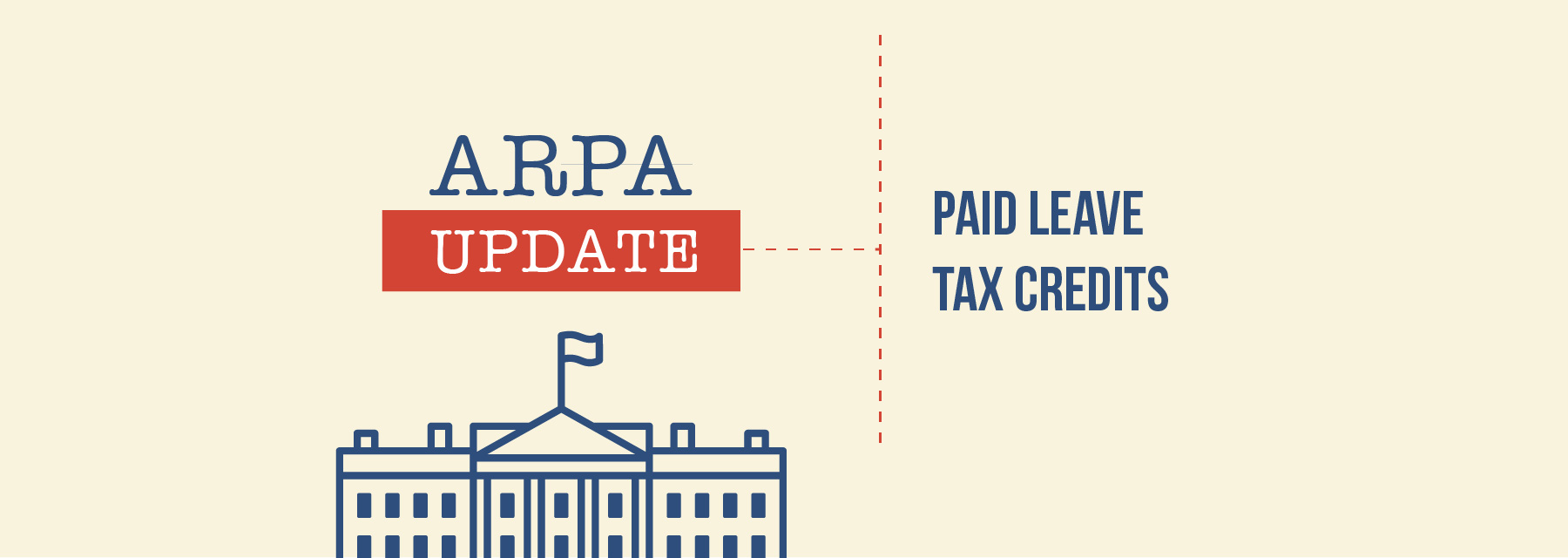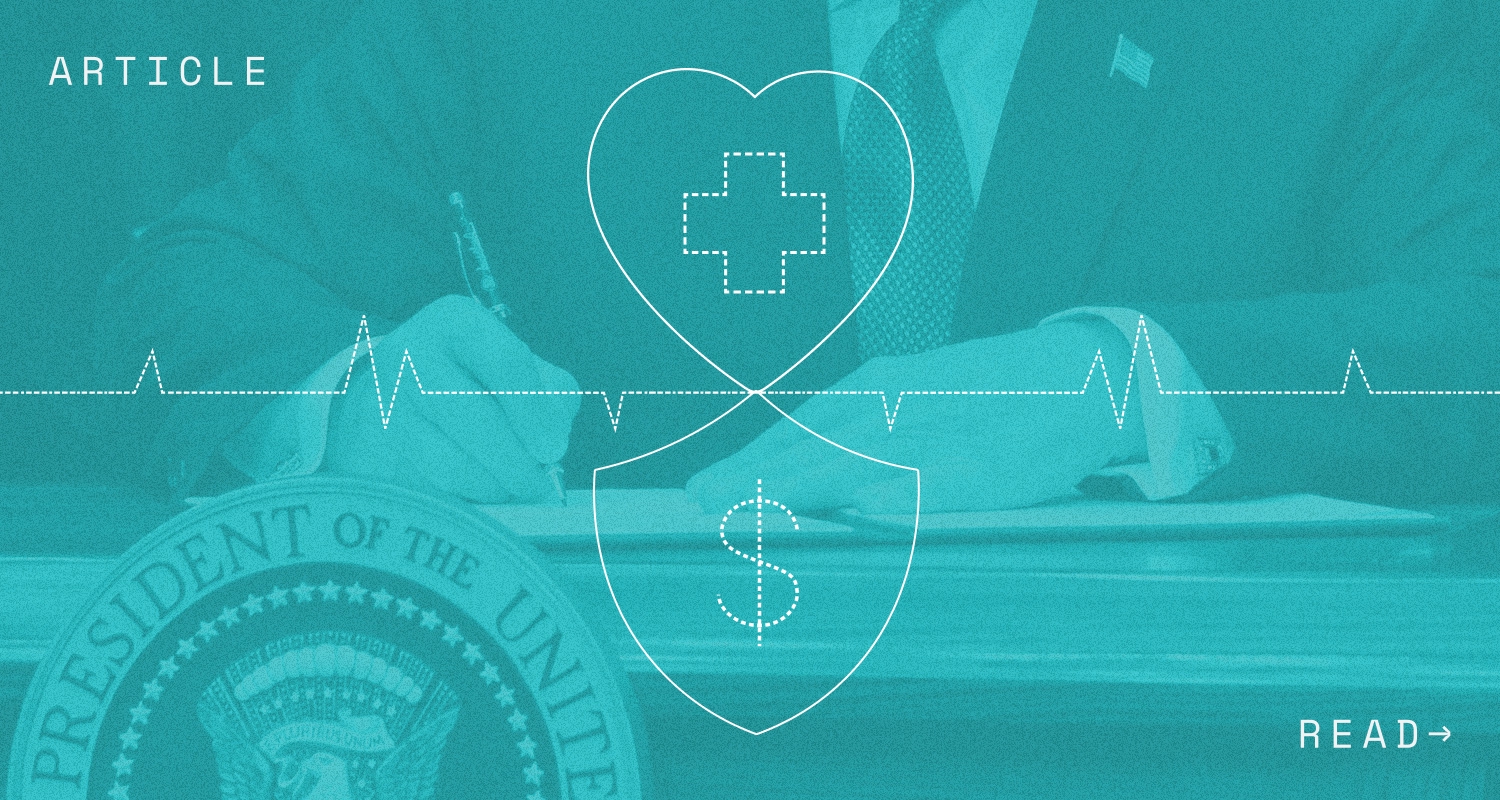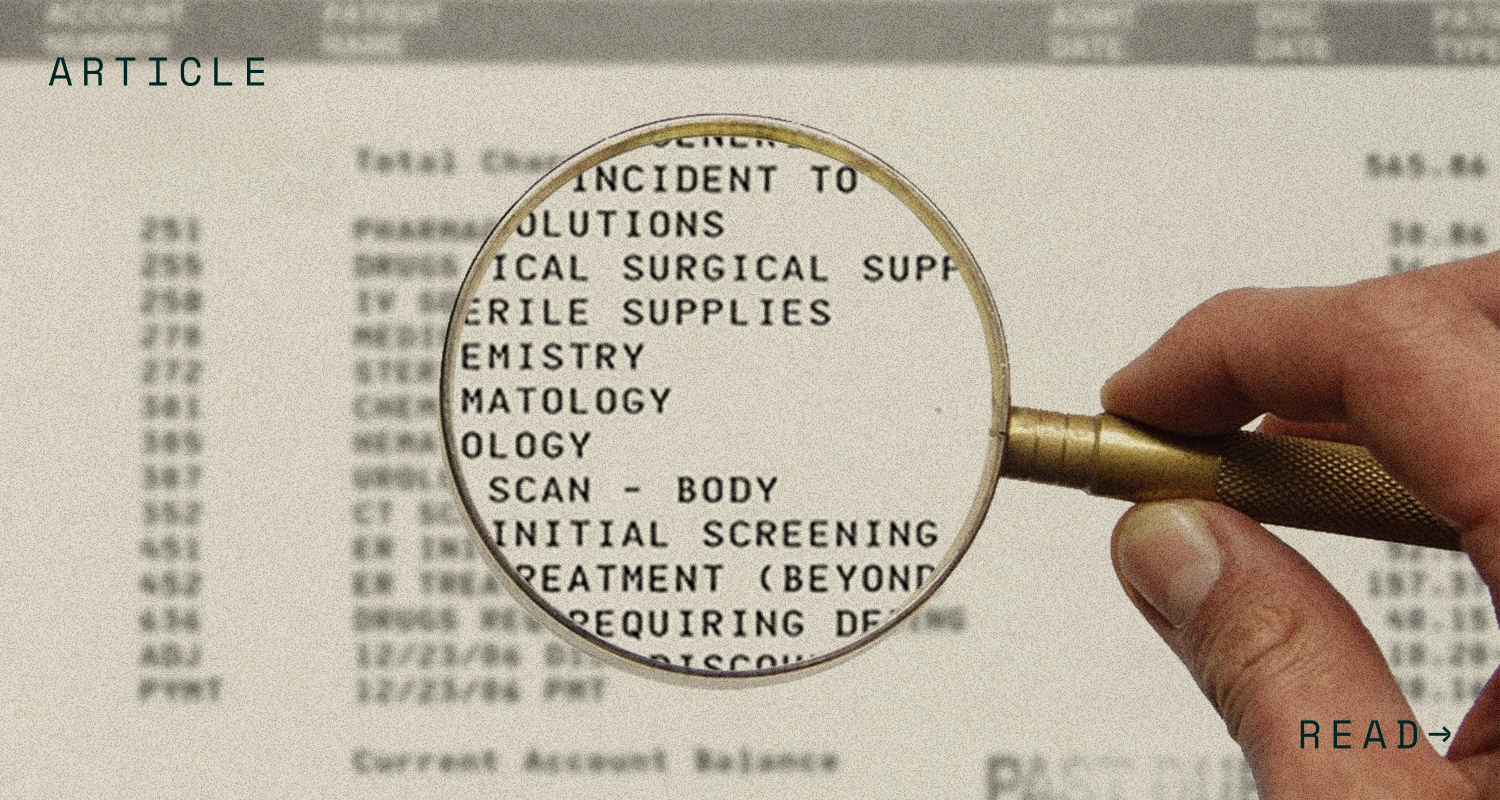Updated – On July 29, 2021, the IRS announced an update to its frequently asked questions (FAQs) on the paid sick and family leave tax credits under the American Rescue Plan Act of 2021 (ARP). The updates clarify that eligible employers can claim the credits for providing leave to employees to accompany a family or household member or certain other individuals to obtain vaccine relating to COVID-19 or to care for a family or household member or certain other individuals recovering from the vaccine. The updated FAQs also clarified that an “individual” for whom employers may seek to receive a tax credit for providing employees with leave to accompany or care for someone following vaccine includes: a family member; someone who regularly resides in the employee’s home; or a similar person with whom the employee has a relationship that creates an expectation the employee would care for that person. The term “individual” does not include persons with whom employees have no personal relationship.
Recently, the Internal Revenue Service (IRS) released brief guidance on how employers can obtain tax credits for providing qualified paid leave to employees under the American Rescue Plan Act (ARPA). ARPA allows employers with under 500 employees to claim refundable tax credits for voluntarily providing certain paid sick and family leave from April 1, 2021 through September 30, 2021.
Background
The Families First Coronavirus Response Act (FFCRA) required employers with under 500 employees nationwide (“covered employers”) to provide emergency paid sick (EPSL) and family leave (EFMLA) for certain reasons related to COVID-19. FFCRA reimbursed employers for providing such leave through a refundable tax credit claimed against an employer’s Social Security taxes.
Though the mandate to provide paid FFCRA leave expired on December 31, 2020, the Consolidated Appropriations Act of 2021 (CAA) allowed covered employers to claim a tax credit for voluntarily providing leave that would have otherwise been mandated under the FFCRA, through March 31, 2021. The American Rescue Plan Act (ARPA) further extended the tax credit from April 1, 2021 through September 30, 2021, though the ARPA credit will now apply against an employer’s Medicare taxes rather than Social Security taxes. In addition, ARPA increased the maximum tax credits available and expanded the leave reasons eligible for the credit.
Eligibility and Amount of Tax Credits
Eligibility and limits for the ARPA tax credit provided from April 1, 2021 through September 30, 2021 are as follows:
Emergency Paid Sick Leave (EPSL) Wages
- Reasons eligible for EPSL:
- Employee is subject to a federal, state, or local quarantine or isolation order related to COVID-19;
- Employee has been advised by a health care provide to self-quarantine due to concerns related to COVID-19;
- Employee is experiencing symptoms of COVID-19 and seeking a medical diagnosis;
- Employee is caring for an individual subject to an order described in (1) or who has been advised as described in (2);
- Employee is caring for a son or daughter because the school or place of care for that child has been closed, or the childcare provided for that child is unavailable due to COVID-19 precautions;
- Employee is experiencing any other substantially similar condition specified by the U.S. Department of Health and Human Services;
- Employee is obtaining a COVID-19 vaccine;
- Employee is recovering from an injury, disability, illness, or condition related to the COVID-19 vaccine; or
- Employee is seeking or waiting on a diagnostic test or medical diagnosis for COVID-19.
- Daily Limit on the Tax Credit:
- For reasons (1), (2), (3), (7), (8), and (9) above, the amount of qualified sick leave wages is determined at the employee’s regular rate of pay, up to $511 per day ($5,110 in total).
- For paid leave qualifying under (4), (5), or (6), the amount of qualified sick leave wages is determined at two-thirds (2/3) of employee’s regular rate of pay, up to $200 per day ($2,000 in total).
- Total Limit on the Tax Credit: As of April 1, 2021, ARPA resets the maximum EPSL available to 10 days per employee. This means employers can obtain a tax credit for up to 10 days of sick leave provided between April 1, 2021 through September 30, 2021, regardless of whether an employee exhausted 10 days of EPSL prior to April 1, 2021.
Emergency Paid Family Leave (EMFLA) Wages
- Reasons eligible for EFMLA:
- Employee is unable to work or telework due to the need to care for a son or daughter under the age of 18 due to a school, place of care, or childcare provider being closed/unavailable due to the public health emergency; and
- All 8 of the same reasons eligible for EPSL (outlined above).
- Daily Limit on Credit: For all EFMLA reasons, the amount of qualified family leave wages is determined at two-thirds (2/3) of employee’s regular rate of pay, up to $200 per day.
- Total Limit on Credit: Up to 12 weeks and$12,000 per employee.
Allocable Health Plan Expenses
The above EPSL and EFMLA tax credits are increased to cover the qualified health plan expenses that are allocable to the qualified EPSL and EFMLA wages, up to the respective daily total caps on credits. These qualified health plan expenses are amounts paid or incurred by the employer to provide and maintain a group health plan and generally include both the amounts paid by the employer and the portion of the cost paid by the employee with pre-tax salary reduction contributions (but do not include amounts paid in after-tax contributions). For more on how to calculate allocable health expenses, see the IRS FAQs (note: as of 5/6/21, these FAQs have not been updated with the ARPA amendments, though the calculation for allocable health expenses may remain the same).
How to Obtain Tax Credits
Covered employers report their total EPSL and EFMLA wages (in addition to eligible health plan expenses and the eligible employer’s share of Social Security and Medicare taxes on paid leave wages) for each quarter on their federal employment tax return, usually Form 941, Employer’s Quarterly Federal Tax Return. Form 941 is used by most employers to report income, social security, and Medicare taxes withheld from employee wages and an employers’ share of social security and Medicare taxes.
Instructions for Form 941 have been updated to include the tax credits for EPSL and EMLA under the CAA, though at the time of this writing, it has not been updated with the new ARPA amendments (e.g., does not include new qualifying leave reasons, new maximums, and does not note the further extension of the credit). We anticipate additional IRS guidance to be forthcoming. In the meantime, employers can refer to Worksheet 1 in the Form 941 instructions to get an idea of how to calculate their FFCRA tax credits.
If a covered employers’ FFCRA tax credits exceed their tax liability, the covered employer may request an advance of the credits by filing Form 7200, Advance Payment of Employer Credits Due to COVID-19.
Employer Action
Employers with under 500 U.S. employees who voluntarily provided qualifying EPSL and EFMLA leave can potentially claim a tax credit on their quarterly payroll tax returns. Employers should consult with their payroll team and/or tax adviser to determine their eligibility for the tax credits and to ensure the credit is properly calculated and claimed using the appropriate forms.
Additional Resources
- IRS Resources
- IRS Form 941 Instructions (as of 5/6/21, these instructions have not been updated with ARPA amendments)
- COVID-19 Related Tax Credits FAQ (as of 5/6/21, these FAQs have not been updated with ARPA amendments)
- Sequoia Foreword




